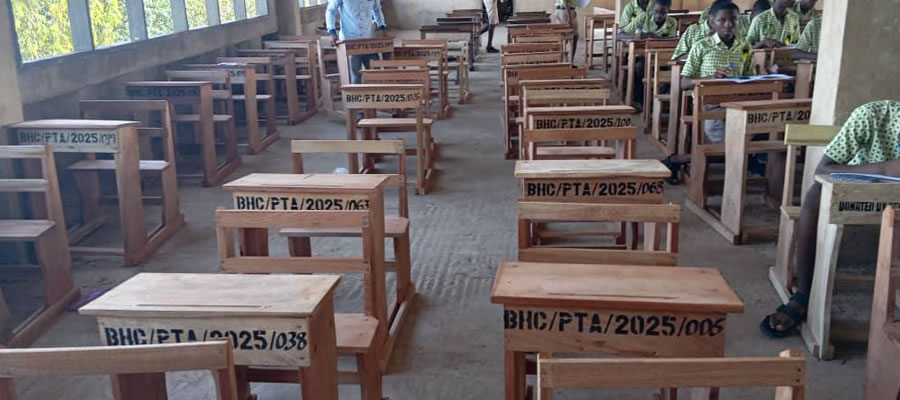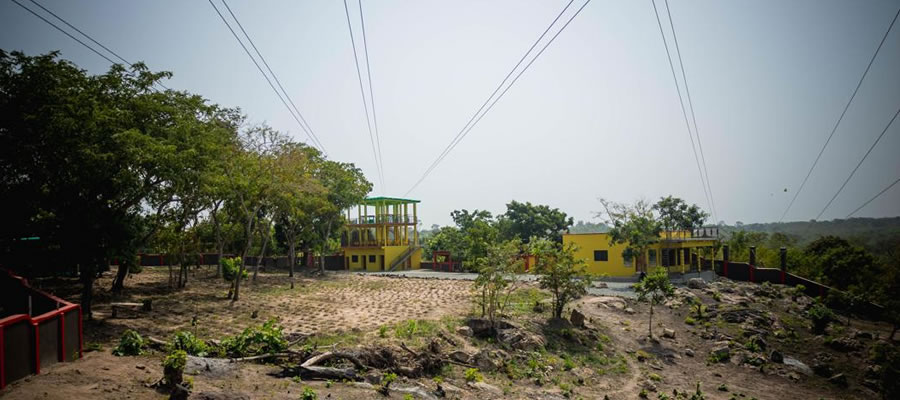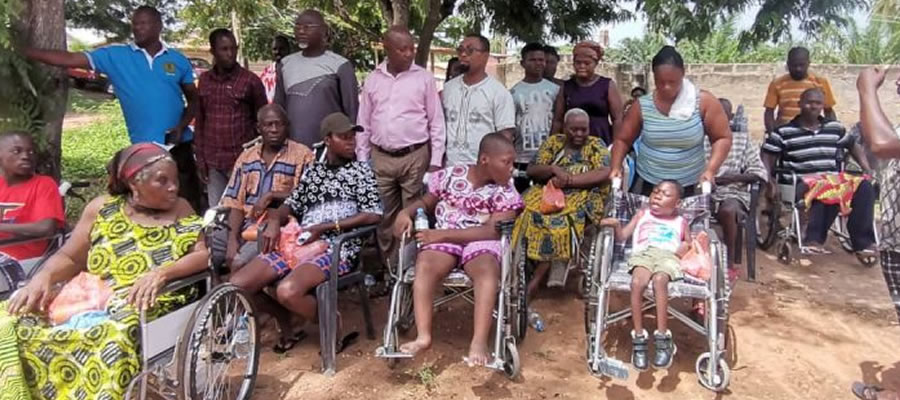

Health Sector Development
The general health conditions in the Municipality can be said to be improving over the years. Access to healthcare remains relatively good except for the Volta Basin Island communities. The Municipality has 13 health facilities made up of:
Table 9: Distribution of Health Facilities, 2012
The quality of healthcare continues to be improved however the inadequacy of equipment, drugs and other logistics and staff are major challenges facing the health sector in the Municipality. The Doctor to population ration is 1: 14,860 and the Doctor to Patient ratio is 1: 2,863. While the Nurse to population ration is 1: 743 with Nurse to patient ration being 1: 143.15. The total Bed Occupancy is 8.85.
Causes of Morbidity
The top ten disease structure has experienced some epidemiological changes with malaria toping the list and account for 27% of morbidity. The details are outlined in the table below.
Table 10: Ten Top Causes of Morbidity
Nutrition
The current use of iodated salt in the Municipality is estimated at 48% through sample salt testing by community Health Nurses during home visits. This is far below the accepted level.
Ongoing Programs/Projects
Some of the ongoing programs/projects in the Municipality within the health sector are:
- Promotion of NHIS
- Development of District CHPS strategic plan
- Nutrition and Malaria Control Programme for Child Survival Programme
- Routine Immunization services
- Disease surveillance
- Family Health activities
- Health Education and Promotion Activities
Over the past years, the Municipal Health Directorate has been receiving support from international and local organizations in health delivery. These included The World Bank, Ghana Health Service and the Kpando Municipal Assembly.
Problems in the Health Sector
The problems facing the health service delivery are:
• Inadequate equipment, logistics and drugs
• Low access of health facility in some hard to reach areas
• Inadequate mobility for effective community service delivery
• Inadequate health staff including nurses and doctors.
• Low financial resources.
• Acute shortage of residential accommodation
• Poor information management system
Date Created : 11/21/2017 7:34:47 AM











 facebook
facebook
 twitter
twitter
 Youtube
Youtube
 +233 593 831 280
+233 593 831 280 0800 430 430
0800 430 430 GPS: GE-231-4383
GPS: GE-231-4383 info@ghanadistricts.com
info@ghanadistricts.com Box GP1044, Accra, Ghana
Box GP1044, Accra, Ghana